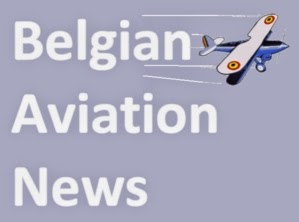Thx to Daniel
William de Goat
Martok with Sue Weaver, Hobby Farms Contributing Editor

Courtesy Brian Waite/ British 609 (West Riding) Squadron
Air Commodore William de Goat was the highest ranking officer of the British 609 (West Riding) Squadron. |
Last week, I told you about a brave goat named Sergeant Bill,
who served in France in World War I as part of Canada’s 5th (Western
Cavalry) Battalion. Another goat to serve his country was Air Commodore
William de Goat, DSO DFC, of the British 609 (West Riding) Squadron, a
Royal Air Force fighter squadron.
William, a British Toggenburg, a British breed related to regular Toggenburg goats
yet slightly bigger, joined the Royal Air Force in July 1941, when he
was given to Belgian pilot Vicki Ortmans by the landlady of a pub near
the Biggin Hill airbase outside of London. Although just a kid at the
time, he was immediately commissioned with the rank of Flying Officer.
William remained with his squadron until its disbandment in 1945, when
he retired in England with the lofty rank of Air Commodore.
William’s squadron included airmen from Great Britain, the United
States, Canada, Australia, New Zealand, Belgium and Poland. On some days
the squadron flew up to 150 missions. During the war, 73 of William’s
boys were killed in action, including Ortmans, who bottle-raised baby
William.
William flew with the squadron on several occasions, including across
the English Channel, where he disembarked in Normandy and subsequently
served at 12 different airbases in France, Holland and Germany.
During his two years with the British 609 (West Riding) Squadron,
William sniffed oxygen bottles and consumed innumerable cigarettes along
with top secret maps, files and records. William was shot at but never
hit. He did, however, bloat badly after pigging out on mattress
stuffing, and he almost died of slow poisoning. That happened because as
William rose through the ranks, his boys used blue “aircraft dope” to
paint bars denoting his rank on his horns. William, who liked the taste
of the paint, would swipe his horns across his front legs and lick the
paint off. Just prior to deployment to Europe, he became deathly ill.
That’s when the airbase’s medical officer determined that the blue paint
on William’s horns was toxic. After that William’s horns remained
unadorned.
In 1944, William attained the rank of Group Captain, making him the
highest ranking officer in the squadron. Even the unit’s commanding
officer, Squadron Leader J.C. Wells, saluted him before taking off for
operations. His boys loved William and believed his presence brought
them luck.
